Mozambique stops subsidizing cotton prices in current agricultural campaign
Chimanimani: The largest organic agro-forestry coffee plantation in Mozambique rises in Manica

FILE PHOTO - For illustration purposes only. [File photo: Chimanimani National Park on Facebook]
The Chimanimani organic coffee production project, implemented in the Chimanimani National Park, Sussundenga district, in Manica province, could later this year become the largest coffee plantation in Mozambique, involving close to 1,600 family sector farmers in the planting of 400 hectares in an agroforestry ecosystem.
The agribusiness company, Agrotur, started the project in 2020, and a year later produced 550 kg of coffee in an experiment with small farmers who had previously taken the initiative to plant the crop.
At the end of 2020, the project was sowing five coffee varieties from Zimbabwe and Brazil, and producing around 1.2 million seedlings – enough to cover 400 hectares.
“This is what we have been planting since the end of 2021, and we expect to complete it in April this year. Then, we will be the largest coffee project by area in Mozambique,” explained António Tomo, forestry engineer and manager of Agrotur.
Tomo said that the idea of implementing the project came in 2019, when its mentors found that agricultural promotion programs for some cash crops generated little income for small farmers, and decided to look for ways to reverse the situation.
“From our analysis of various crops, we came to the conclusion that coffee would best meet our objectives, because of the difference it is making to the economy of the family sector in Ethiopia and Uganda, where 30 million and 1.7 million producers respectively grow it,” Tomo says.
Coffee can potentially generate family sector income of between 600,000 and 1.8 million meticais per year from just one hectare.
Currently, Agrotur employs 15 workers, and 20 during the planting season. Most of the work is carried out by small farmers who receive seedlings and plant their own fields. In ten years, according to Tomo, the venture wants “to reach a total of 3,500 hectares, 3,000 of which will belong to the community, and 500 to the company”.
“On average, each family should farm one hectare. Every year, we will offer enough seedlings to plant a quarter of a hectare,” Tomo says. In terms of production, the enterprise foresees an increase of five tons this year to almost 2,000 tons in the 10th year, and project yields of an estimated US$300,000, to close to US$42 million over the same time span.


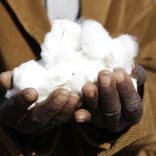

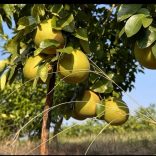

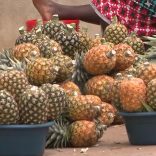


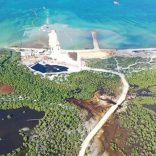
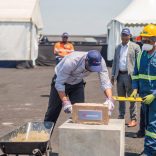
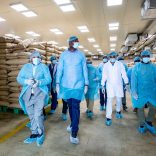
Leave a Reply
Be the First to Comment!
You must be logged in to post a comment.
You must be logged in to post a comment.